In only a little over an hour, the Sun released two X-class solar flares today. The first occurred at 11:42 UTC (7:42 a.m. EDT) and the second blasted out at 12:52 UTC (8:52 a.m. EDT) on June 10, 2014. According to SpaceWeather.com, forecasters were expecting an X-class flare today, but not two…and certainly not from region of the Sun where the flares originated. Solar scientists have been keeping an eye on sunspot regions AR2080 and AR2085, especially since they are now directly facing Earth, and those two sunspots have ‘delta-class’ magnetic fields that harbor energy for X-flares.
But the active region on the Sun that actually produced the flares was AR2087, which just appeared “around the corner” on the southeastern limb of the Sun. The first flare was a X2.2-flare and the second was an X1.5-flare.
See the image of #2 below from the Solar Dynamics Observatory:
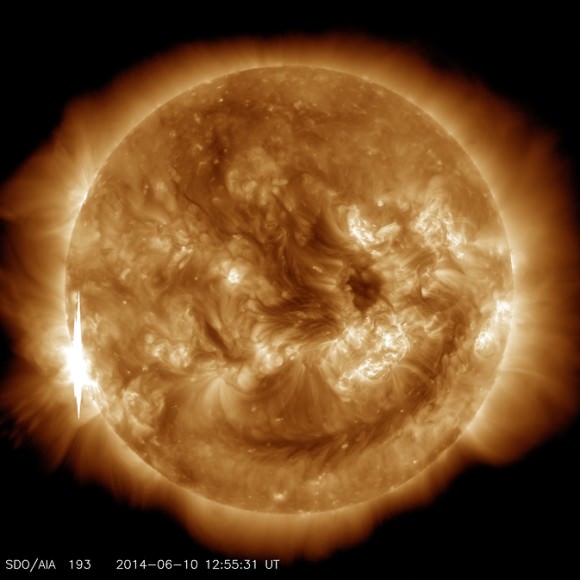
Solar flares are explosions on the Sun that release energy, light and high speed particles into space, and the biggest flares are known as X-class.
Here's the view from @ESA/@NASA SOHO/LASCO C2 of the CME resulting from the big X-class flare earlier today pic.twitter.com/KYU2uHwdxO
— Sungrazer Comets (@SungrazerComets) June 10, 2014
Here are some recent astrophotos of the Sun taken by members of Universe Today’s Flickr group:
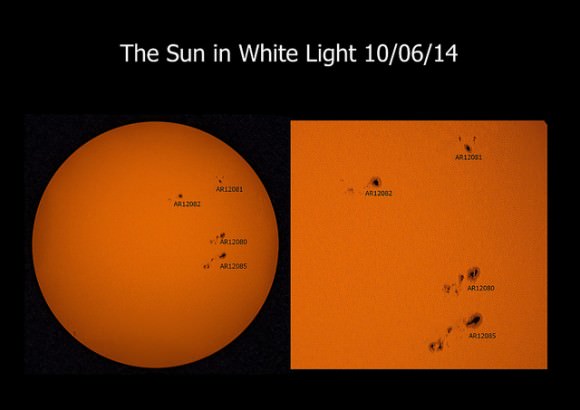
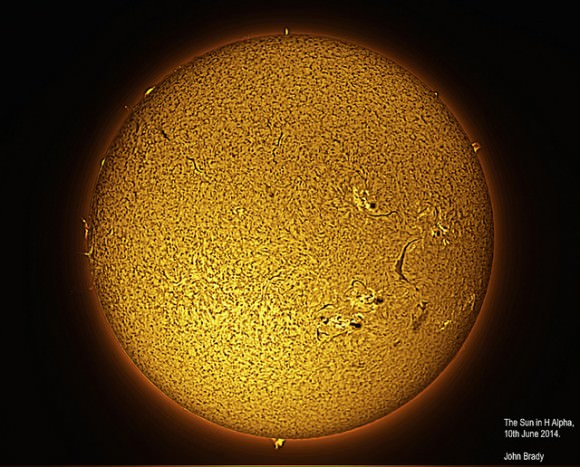
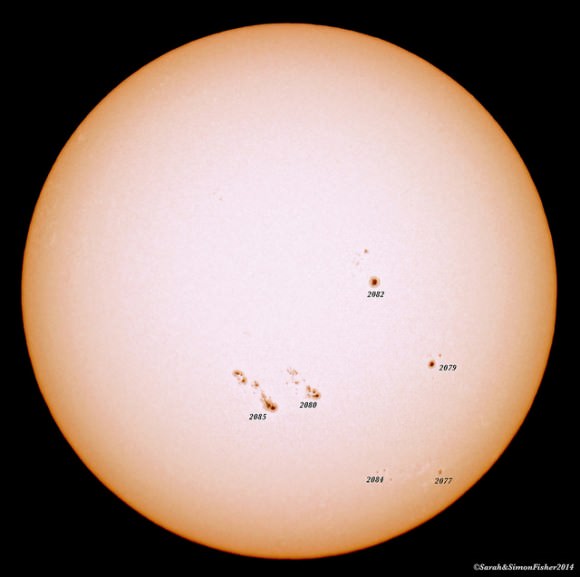
Solar flares are classified on a system that divides solar flares according to their strength. The smallest ones are A-class (near background levels), followed by B, C, M and X. Similar to the Richter scale for earthquakes, each letter represents a 10-fold increase in energy output. So an X is ten times an M and 100 times a C. Within each letter class there is a finer scale from 1 to 9.
Here’s NASA’s video guide to X-Class flares:
NASA says these flares are often associated with solar magnetic storms known as coronal mass ejections (CMEs). The number of solar flares increases approximately every 11 years. Watch this video below about why solar scientists think the solar maximum is happening now:

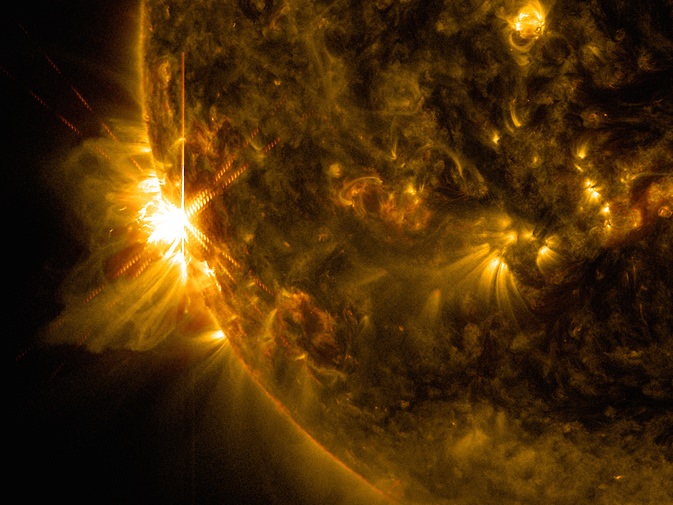
Solar flares are caused by fission explosions from deep within the sun’s plasmatic surface. The fission is the result of many atoms reaching critical mass, chain reacting, and exploding, instead of the normal fission chain reaction the sun usually exhibits. Fusion on the sun’s surface is the recycling process and takes energy, while fission is the release of energy and is the true power of the stars.
That’s why white dwarfs are hot – less plasma to hide the fission, and red giants are cooler – much plasma which hides the fission process.